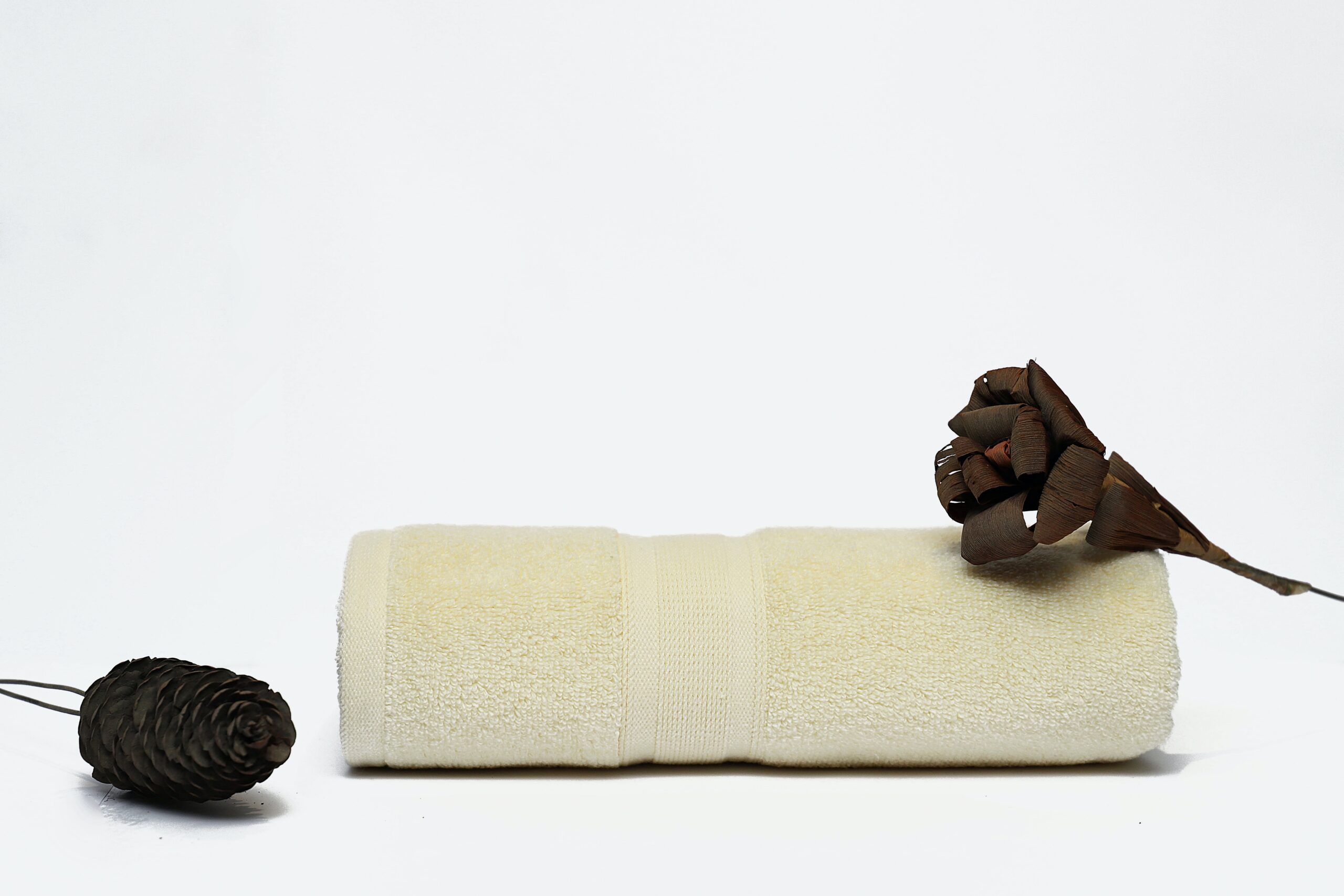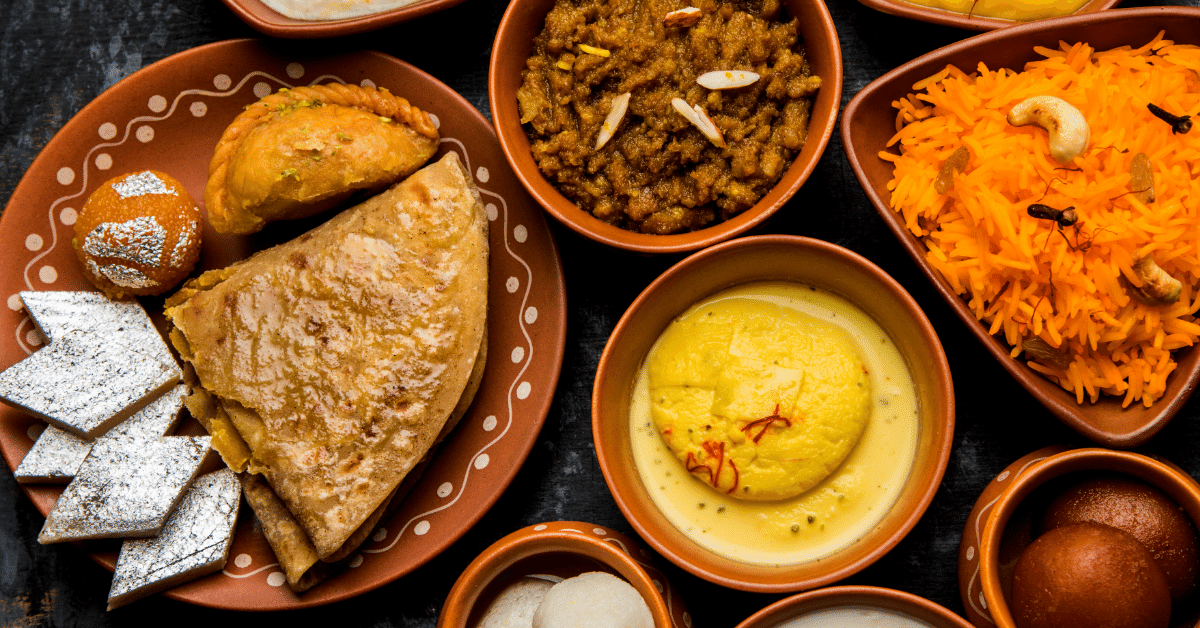Difference Between Rasam Powder And Sambar Powder Cook
Know the details about the Difference Between Rasam Powder And Sambar Powder Cook Major Difference Between Rasam Powder And Sambar Powder
Rasam powder and Sambar powder are two distinct spice blends used in South Indian cuisine. While they share some common ingredients, they are used in different dishes and have unique flavor profiles.
Difference Between Rasam Powder And Sambar Powder Cook
Rasam Powder Rasam powder is traditionally used to make Rasam, a tangy, spicy soup often served with rice. The key ingredients in Rasam powder typically include coriander seeds, toor dal, cumin seeds, black pepper, dried red chillies, and sometimes fenugreek seeds.
Sambar Powder Sambar powder is used to prepare Sambar, a hearty lentil-based stew with vegetables. This spice blend generally contains coriander seeds, toor dal, chana dal, fenugreek seeds, mustard seeds, dried red chillies, turmeric, and asafoetida.
Here are simple recipes for each:
Rasam Powder Recipe:
Ingredients:
- 1 cup coriander seeds
- 1/2 cup toor dal
- 1/2 cup black pepper
- 1/2 cup cumin seeds
- 15-20 dried red chillies
- 1 tsp. fenugreek seeds (optional)
Instructions:
- Dry roast all the ingredients separately until they become aromatic and slightly browned.
- Allow the ingredients to cool completely.
- Grind them into a fine powder using a grinder.
- Store in an airtight container.
Sambar Powder Recipe:
Ingredients:
- 1 cup coriander seeds
- 1/4 cup toor dal
- 1/4 cup chana dal
- 1/4 cup mustard seeds
- 1/4 cup fenugreek seeds
- 20-25 dried red chillies
- 1 tsp. turmeric
- 1/2 tsp asafoetida
Instructions:
- Dry roast all the ingredients separately until they become aromatic and slightly browned.
- Allow the ingredients to cool completely.
- Grind them into a fine powder using a grinder.
- Store in an airtight container.
While Rasam powder and Sambar powder might seem similar, their unique combinations of spices provide distinct flavors that are characteristic of their respective dishes.


